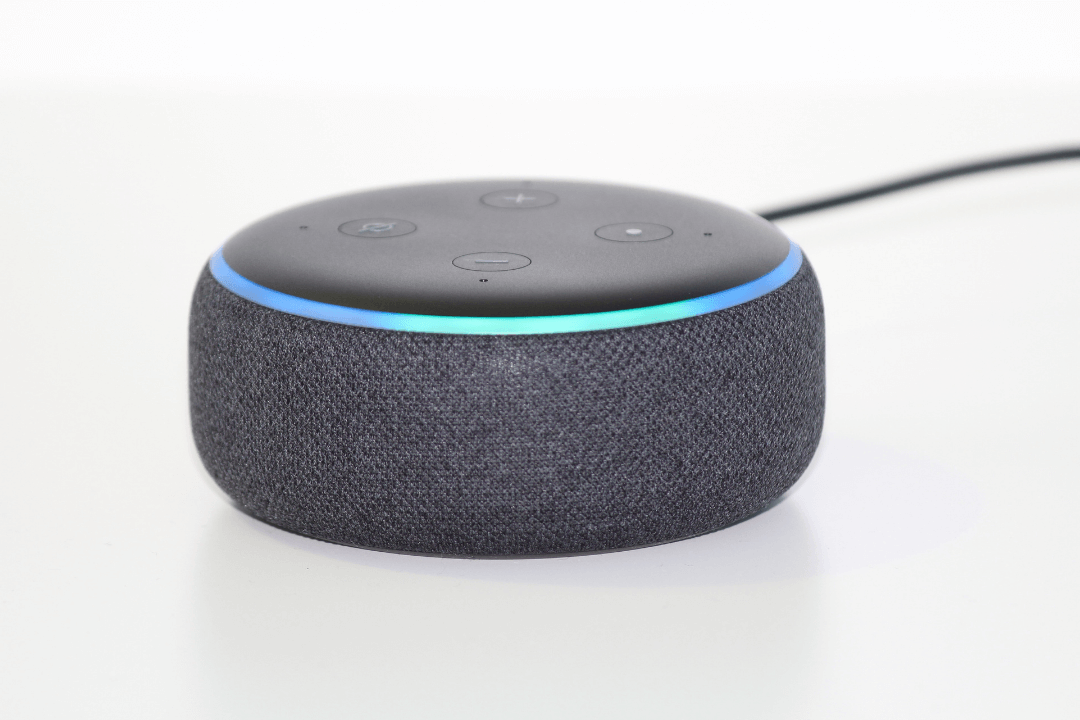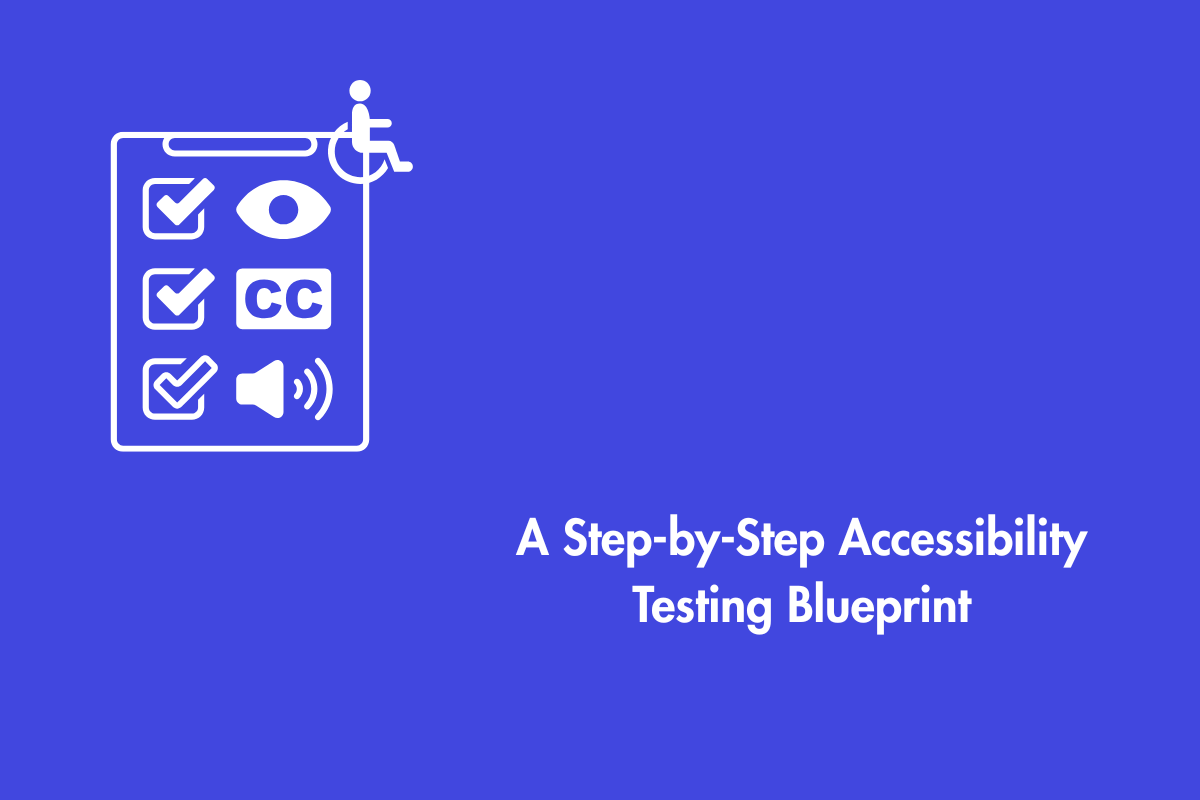
“Talkback” most of us might be hearing this word for the first time, others might have heard it from their parents saying: Don’t talk back to your elders. However, in both cases, people don’t know the exact meaning or its importance. Talkback and voice-over are accessibility features designed by Google and Apple respectively. These features help disabled people use their smartphones effortlessly. Anyone can turn it on from the settings menu on their smartphones, but be careful as it is a little tricky to turn off the feature. Talkback or voice-over uses the built-in screen reader on phones to read out any function selected by the user. Therefore, users can use their phones without looking at them.
Table of Contents
Virtual Assistants

The advent of AI gave birth to virtual assistants like Google Assistant, Siri, Alexa, etc., which simplified smartphone usage. One could activate any virtual assistant in a fraction of a second and command it to set alarms, call people, set reminders, and much more. Technological advancement gave us smart products that could be paired with WIFI and controlled by virtual assistants. However, these facilities should also help differently-abled people. Many laws such as AODA, Section 508, EN 301 549, etc. that mandate organizations to create products/technologies that adhere to global accessibility standards.
Alexa is the latest entrant in the virtual assistant world. It is rapidly gaining popularity and is preferred by most gadgets as their go-to assistant. Alexa launched Accessibility Hub last year, a website dedicated to helping and understanding the accessibility features of Alexa.
In this blog, we will focus on how Alexa’s accessibility features have made their way into our daily life. Alexa approaches accessibility in four areas
- Hearing
- Mobility
- Speech
- Vision
Hearing

This feature helps people who have low audibility to adjust Alexa’s speech tempo or speed. One can also turn on captions for calls, watching videos, and Alexa’s responses on Echo Show devices. The AI can easily connect devices like Amazon Echo Dot to Bluetooth-enabled devices to access more benefits such as Alexa drop-in feature.The Alexa drop-in feature helps you to connect with Alexa-enabled devices making it act like an intercom. Just say Alexa, drop-in or go to the communication menu at the bottom and select drop-in to activate it.
Mobility

Mobility is the primary feature of Alexa that immediately captured everyone’s attention. People with motor disabilities can use voice-activated commands to accomplish daily tasks that would have otherwise needed a physical interaction. One of the best mobility-related features of Alexa is that you can set up routines. Routines help users to do several tasks with just one request, here is a simple guide to set it up. Most devices can be converted into smart devices by retrofitting a Wi-Fi-enabled plug to be controlled by Alexa.
Speech

One can easily tap on Alexa and access all its features without using speech. On enabling the Tap-to-Alexa feature, making calls and sending messages is just a touch away. There is also an option to activate real-time texts during calls to communicate with the person on the other end.
Vision

Vision-impaired users can use Alexa to identify objects in their hands instantly. One needs to just say: “Alexa, what am I holding?” or “Alexa, what’s in my hand?” to get things started. Alexa uses the camera on your device and cross-references the product with its database to identify it. One can also use gestures to navigate the device, which is very similar to Talkback.
On a side note, having Alexa-enabled devices such as Echo Dot greatly benefits all users. Here are some great Amazon Echo Dot features compiled by CNN. Although, Amazon Echo Dot (4th generation) features a new chip and a bigger body, it is still very similar to the previous one. Hence, you can still access all Amazon Echo Dot features with the older model.
Alexa is extremely popular and used by a lot of people due to its simple and efficient integration systems. The Alexa Accessibility hub opens doors to everyone with or without disability to take advantage of its abilities. According to the latest news, Alexa is also learning to identify changes in human emotions and tone. Therefore, in future, if Alexa gets the song wrong in music requests, it’ll understand its mistake by your annoyed tone and ask you to repeat the command. Although this is still a work in progress, it would be fun to talk to a device that gets your sarcasm when your friends don’t.



